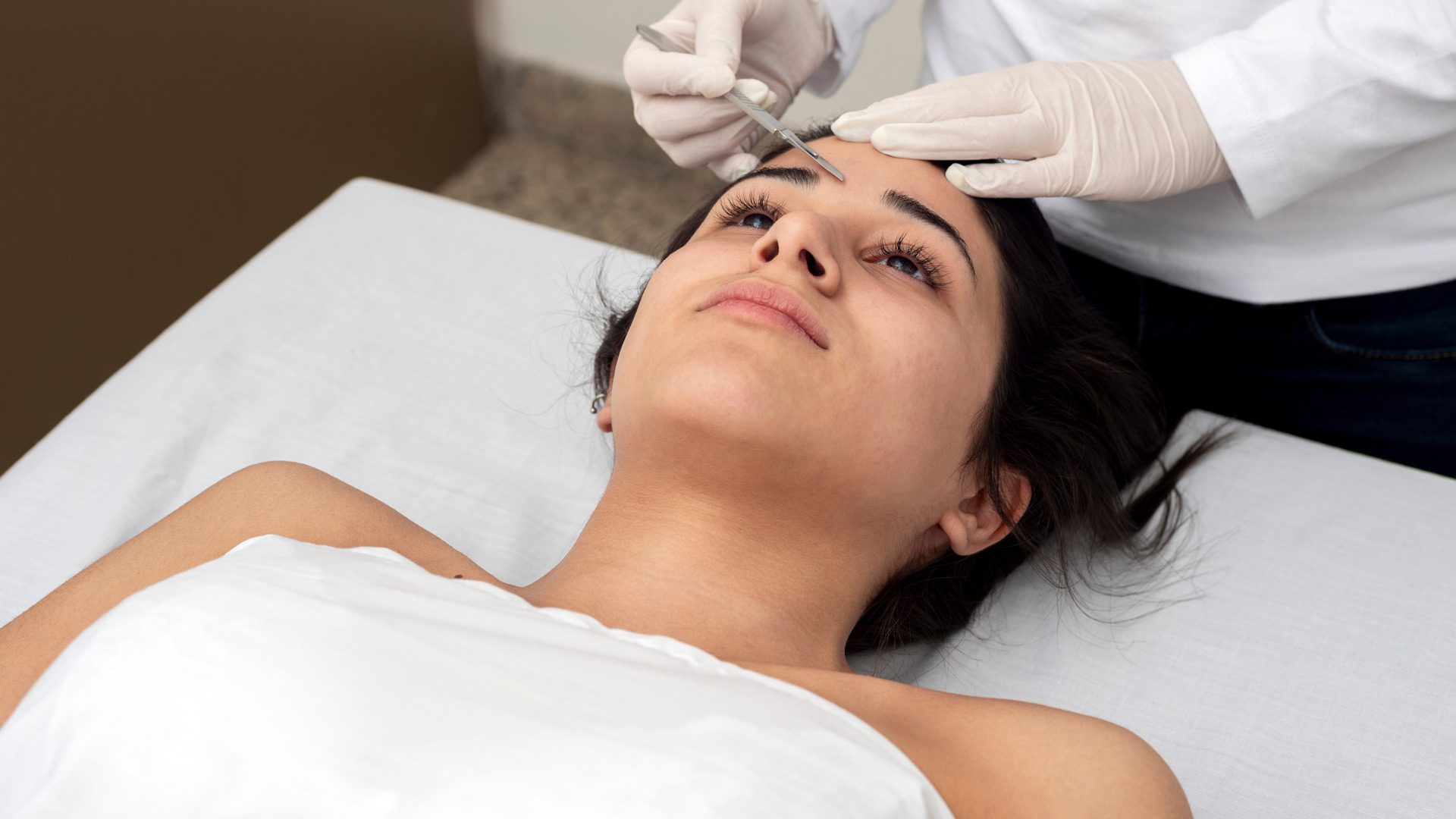Dermaplaning has emerged as a popular skin rejuvenation treatment that offers immediate results and a smoother canvas for skincare products and makeup. In this post, we explore what dermaplaning is, how it works, its benefits, and the considerations you should keep in mind when deciding if this treatment is right for you.
What Is Dermaplaning?
Dermaplaning is a non-invasive cosmetic procedure that uses a sterile surgical scalpel to gently exfoliate the skin. During the treatment, a trained professional or dermatologist carefully removes the outermost layer of dead skin cells along with fine vellus hair (often referred to as “peach fuzz”). This process not only reveals fresher, smoother skin but also enhances the absorption of skincare products.
The Benefits of Dermaplaning
Dermaplaning offers several advantages for individuals seeking a brighter, more even complexion:
- Immediate Smoother Texture: By removing dead skin cells and fine hair, dermaplaning creates an instantly smooth surface.
- Enhanced Product Absorption: With a refreshed skin surface, moisturizers, serums, and other topical treatments penetrate more effectively.
- Makeup Application: The procedure creates a flawless base, which can help makeup glide on more evenly and last longer.
- Gentle Exfoliation: Unlike some abrasive treatments, dermaplaning is gentle enough for most skin types, providing effective exfoliation without harsh chemicals.
- Reduced Appearance of Fine Lines and Acne Scars: Regular treatments may help diminish the look of minor scarring and fine lines over time.
The Dermaplaning Procedure
The process is straightforward and typically takes about 30 to 45 minutes. Here’s what you can expect during your dermaplaning session:
- Preparation: Your skin is cleansed thoroughly to remove any makeup, oil, or debris.
- Exfoliation: Using a sterile scalpel held at a precise angle, the professional gently scrapes away the dead skin cells and fine hair. The technique is controlled and tailored to your skin’s sensitivity.
- Soothing and Hydration: Post-procedure, a soothing serum or moisturizer is applied to calm the skin and lock in hydration.
Most patients report a comfortable experience, with minimal to no downtime following the treatment.
Aftercare and Considerations
Proper aftercare is essential to maximize the benefits of dermaplaning and maintain skin health:
- Sun Protection: Your newly exfoliated skin will be more sensitive to UV rays. Apply a broad-spectrum sunscreen daily to protect against sun damage.
- Gentle Skincare: Use mild cleansers and avoid harsh exfoliants for at least a few days after your session.
- Hydration: Keep your skin well-moisturized to support the healing process.
- Avoid Irritants: Steer clear of active acne treatments or products with high concentrations of retinol immediately following the procedure to prevent irritation.
It’s also important to discuss your skin type and any existing conditions with your dermatologist to ensure dermaplaning is a safe and appropriate option for you.
Is Dermaplaning Right For You?
While dermaplaning can benefit many, it may not be suitable for everyone. Individuals with active, cystic acne, severe rosacea, or certain skin infections should consult with a dermatologist before undergoing the procedure. A thorough evaluation can help determine if dermaplaning will complement your overall skincare plan or if alternative treatments might be more effective.
Conclusion
Dermaplaning offers a unique combination of exfoliation and hair removal, providing a smoother, brighter complexion with immediate results. Whether you’re looking to enhance your makeup application or simply want to rejuvenate your skin, this treatment can be a valuable addition to your skincare routine. For personalized advice and to ensure safe, effective results, schedule a consultation with your dermatologist.
Experience the transformative benefits of dermaplaning and step confidently into a new era of radiant, healthy skin.

